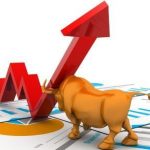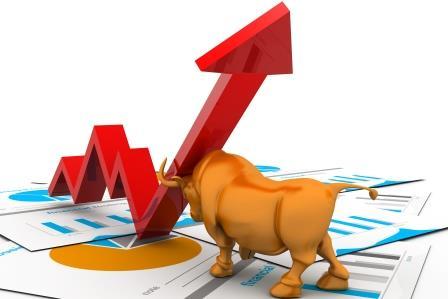
The uncanny ability of the markets to surprise is in full play now. The global economy is going through the worst recession in modern times and unprecedented high unemployment levels caused by the Great Lockdown. Corporate profits this year will contract. But, after the initial panic reaction to the crisis, globally, stock markets have bounced back. A resilient market in a crashing economy might appear irrational; but the market is driven by its own logic.
The paradox of crashing economies and rising markets
Presently we are witnessing unprecedented and humongous monetary and fiscal stimulus, globally, in response to the Covid-19 induced economic crisis. This is the right thing to do. But, this massive stimulus will create unintended consequences. One inevitable consequence is liquidity chasing stocks leading to the paradoxical situation of ‘crashing economies and rising markets.’
The unconventional ultra loose monetary policy – Quantitative Easing – unleashed by the leading central banks led by the Fed following the Global Financial crisis of 2008, surprisingly, didn’t create consumer price inflation. But QE produced another kind of inflation: asset price inflation.
Excessive liquidity can create ‘asset price inflation’
Central banks, which printed money, were powerless in deciding where this money would go. That decision was taken by the market. Money flowed into assets like bonds and equity. Liquidity chasing bonds pushed up their prices and lowered yields to abysmally low levels. The fact that presently $14 trillion are invested in bonds yielding negative returns is a reflection of the ‘new normal’ created by huge liquidity. Also, money flowing into stocks pushed stock indices to record levels. S&P 500 rose from 756 on 13th March 2009 to 3386 by 19th February 2020, and is presently hovering around 3000 in this Covid struck world. In brief, while consumer price inflation was killed, asset price inflation became the norm.
This story is getting repeated in the present round too. The Nifty after crashing to 7511 on March 25th has bounced back by around 40 percent: liquidity trumping fundamentals.
Markets may rise further
The liquidity being created now is likely to dwarf the QE created following the Global Financial Crisis. The Fed’s balance sheet is expected to explode from $4.3 trillion in April 2020 to $10 trillion by the end of the year and ECB’s balance sheet is likely to spike to EUR 6 trillion by the year-end. The inevitable consequence would be a rising stock market in a crashing economy. Already, hot money is flowing into emerging markets via ETFs. Top quality large –cap names are likely to be the major beneficiaries. Beaten down themes may rebound sharply.
The opportunity and risk
It is possible that infections may peak around September and start coming down. If that happens and lockdowns are completely lifted, globally, economies and corporate profits will bounce back. That, along with the humungous global liquidity, may pave the way for massive bull run. On the other hand, if there is a second wave of attack, there can be a severe set back.










THIS IS DIFFERENT WAY THINKING MAKE SENSE , IF THIS HAPPEN MARKET WILL BOUNCE BACK BY THE END OF 2020.
THANKS SIR
i am optimistic that market will bounce back to its original, like a compressed spring behaves after releasing the pressure. Have patience. Stay invested.